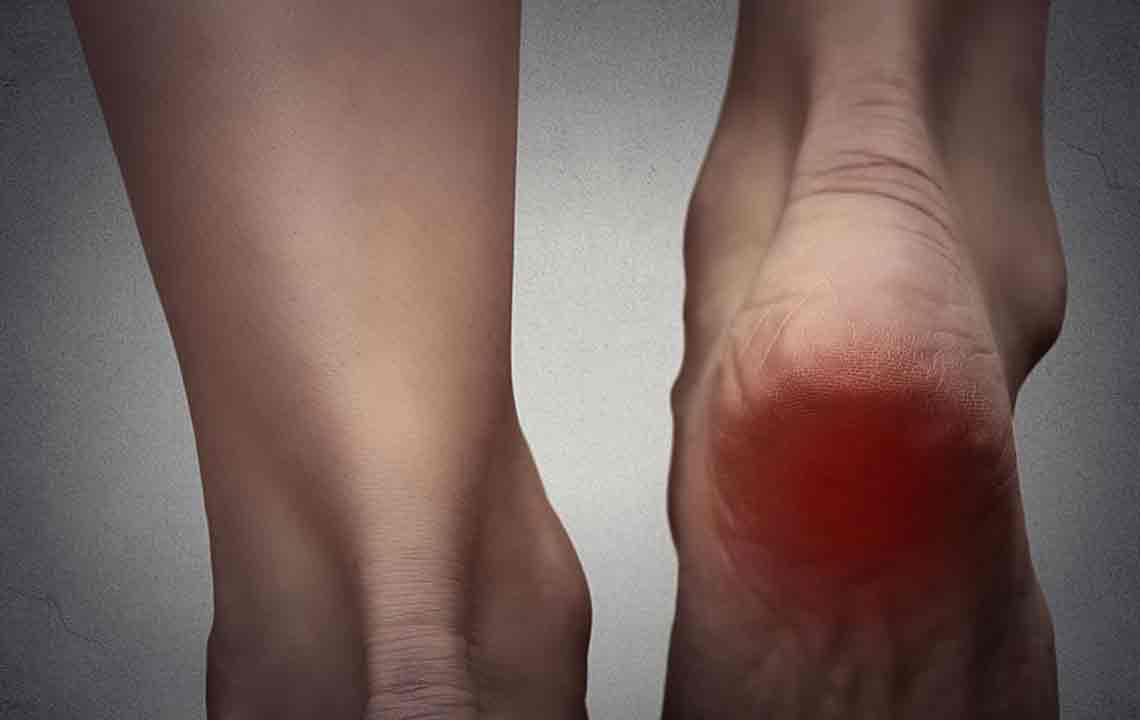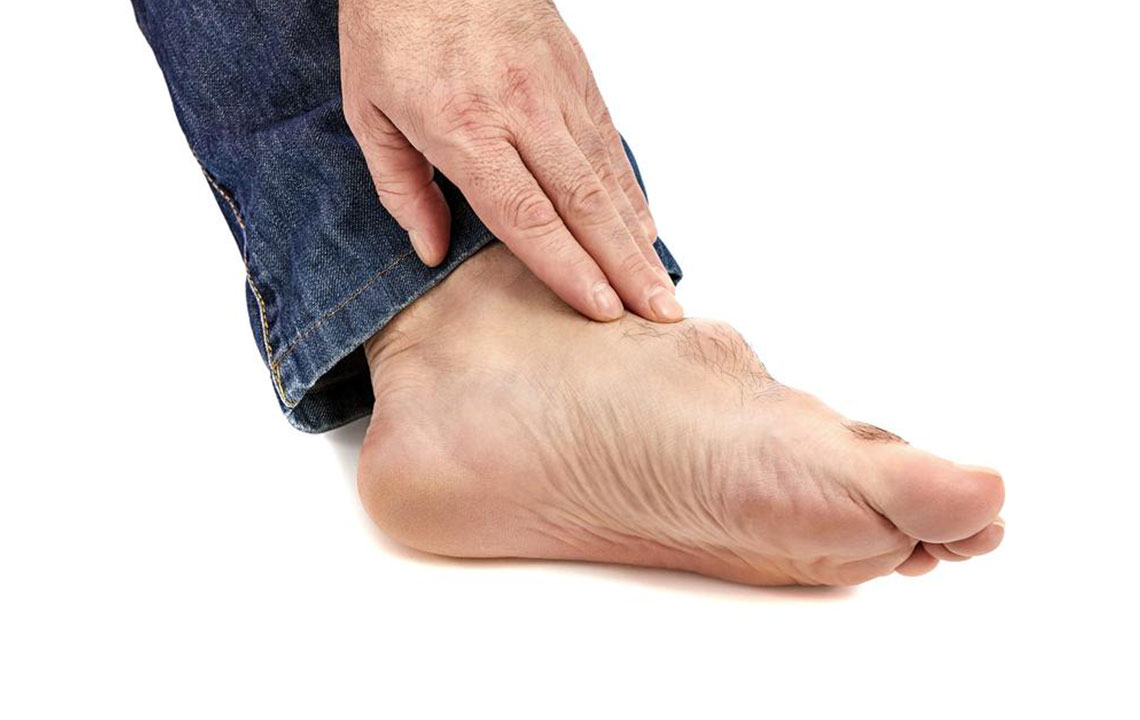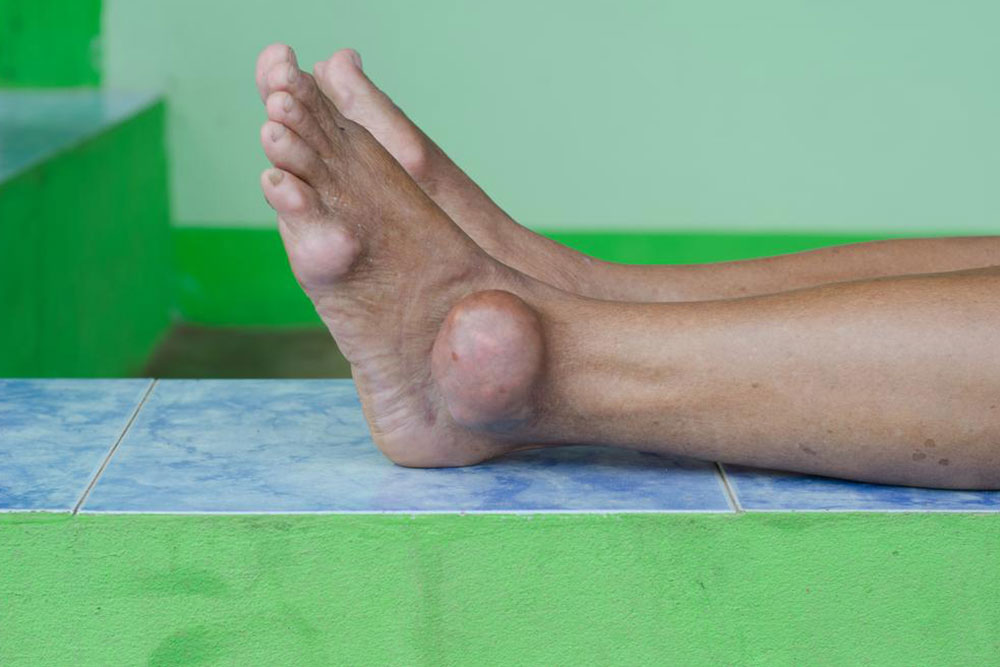Effective Techniques for Managing and Treating Gout Naturally and Safely
Discover effective strategies for managing gout, including lifestyle changes, medication options, and dietary tips to prevent flare-ups and reduce joint pain. Learn how to control uric acid levels and maintain joint health for a better quality of life.

Effective Techniques for Managing and Treating Gout Naturally and Safely
Gout, a form of inflammatory arthritis, affects millions worldwide and is characterized by sudden, severe attacks of joint pain, swelling, redness, and tenderness. Its primary cause is elevated uric acid levels in the blood, leading to the formation of urate crystals in the joints and surrounding tissues. While gout can be debilitating if left untreated, understanding its risk factors and implementing effective management strategies can significantly minimize its impact. This article explores comprehensive methods to control and treat gout, including lifestyle changes, dietary modifications, medication options, and preventive measures, aiming to empower individuals to take charge of their health and reduce flare-ups.
Gout attacks often strike unexpectedly, sometimes awakening sufferers in the middle of the night with intense joint pain. The condition was historically linked to the big toe but now affects other joints such as knees, ankles, fingers, and wrists. Men are more commonly affected than women; however, postmenopausal women show increased susceptibility due to hormonal changes influencing uric acid levels. Factors such as obesity, high cholesterol, high blood pressure, and lifestyle habits contribute significantly to the development of gout. Elevated uric acid levels, or hyperuricemia, result from an imbalance in the body's production and excretion of uric acid.
Understanding the triggers and symptoms of gout is crucial for preventing severe attacks. Early symptoms often include sensations of tingling, burning, joint stiffness, and mild discomfort that progress to intense pain. Recognizing these signs allows for prompt intervention and better management of the condition. Contributing factors include alcohol consumption, intake of foods high in purines, stress, certain medications, dehydration, and metabolic disorders. Addressing these causes through lifestyle and dietary modifications can make a substantial difference in controlling uric acid levels and preventing attacks.
Effective gout management involves an integrated approach combining medication, lifestyle changes, and dietary modifications. The key strategies are outlined as follows:
Rest and Joint Protection
Adequate rest for affected joints is essential to minimize inflammation and facilitate recovery. Avoid bearing weight on the affected joint and minimize movements that exacerbate pain. Using cushions or braces for support can prevent further injury. Rest is also beneficial in reducing the body's overall uric acid levels, as it encourages metabolic stabilization.
Medication Management
During acute gout attacks, non-steroidal anti-inflammatory drugs (NSAIDs) like ibuprofen, naproxen, or specific prescriptions such as indomethacin are often prescribed to relieve pain and inflammation. In some cases, corticosteroids may be used to control severe symptoms. Long-term management might include uric acid-lowering medications like allopurinol or febuxostat, which help reduce uric acid levels in the bloodstream, preventing future flare-ups. Always consult healthcare professionals for personalized medication plans and avoid self-medicating.
Stay Well-Hydrated
Proper hydration plays a vital role in maintaining healthy uric acid levels. Drinking plenty of pure water dilutes uric acid in the blood and enhances its excretion through urine. Natural fruit juices with low sugar content are also beneficial. It's important to limit the intake of sugary drinks, alcohol, caffeine, and processed beverages, as these can worsen dehydration and elevate uric acid production.
Dietary Adjustments for Gout Relief
Dietary modification is fundamental in managing gout. Emphasize foods that are low in purines, such as fruits, vegetables, whole grains, and low-fat dairy products. Limit or avoid high-purine foods like red meats, organ meats, shellfish, sardines, anchovies, and certain alcoholic beverages like beer. Including cherries, berries, and citrus fruits may help reduce uric acid levels due to their antioxidant properties. Maintaining a balanced diet also supports overall joint health and weight management, which are critical in preventing gout attacks.
Maintain a Healthy Weight
Excess weight increases the production of uric acid and decreases renal urate excretion, heightening gout risk. Achieving and maintaining a healthy body weight through a combination of nutritious diet and regular physical activity can greatly lower the likelihood of gout episodes. Even modest weight loss (around 5-10%) can have significant benefits in reducing uric acid levels.
Limit Alcohol and Sugary Foods
Alcohol, especially beer and spirits, is known to elevate uric acid levels and can trigger attacks. Similarly, sugary foods and beverages containing high-fructose corn syrup can increase uric acid production. It’s advisable to minimize or abstain from these to prevent flare-ups and support overall health.
Monitoring and Regular Medical Checkups
Routine blood tests to monitor uric acid levels can help manage gout proactively. Regular checkups enable healthcare providers to assess disease progression, adjust medications, and provide personalized lifestyle recommendations. Patients should be vigilant about symptoms and seek medical attention promptly if they observe signs of recurring attacks or joint damage.
Gout is a chronic condition that requires patience, careful management, and an overall healthy lifestyle. While there is no permanent cure, following these comprehensive strategies can significantly reduce the severity and frequency of gout attacks, improve joint health, and enhance quality of life. Immediate medical treatment is essential during severe attacks to prevent joint damage and complications. With consistent effort and proper guidance, individuals can effectively control gout and lead active, pain-free lives.





